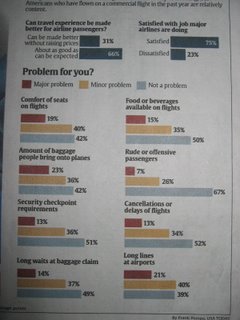- work out with friends or family members
- master an exercise
- work with someone who motivates you (ex. a personal trainer)
Build a stronger business by setting realistic expectations.
Perspectives on entrepreneurship and business development, focused on the Greater Philadelphia region.
According to a study first reported in Transparency International and later referenced in Winik's article, "World's Top Bribe-Payers", in Parade Magazine, the following nations’ businessmen were the most likely to offer bribes when conducting international business:
The Swiss and the Swedes were the least likely to offer bribes.
Build a stronger business through ethical behavior.

According to Jimmy Wales, the founder of Wikipedia, predicts that the process used in Wikipedia in which entries are open to innumerous input and editing will overshadow the process used in Britannica, in which editors review a piece and an article is published. Stross also notes in "Anonymous Source Is Not the Same as Open Source" (The New York Times), that Mr. Wales is concerned about entrusting the "Wikipedian culture" on to new individuals. Wikipedia currently offers 923 "feature" articles which have been double checked and edited. However, only about one new article gains feature status per day. Mr. Wales would like to improve this by looking at open source software models. This would include the inclusion of many contributions and then a restrictive policy to prepare for release. According to Mr. Wales, Wikipedia has "'half the model.'"
On the other hand, though Wikipedia is far from Britannica, Jess Bates, a vice president of the Open Source Technology Group who oversees SourceForge.net, the host of more than 80,000 active open-source projects, suggests that Wikipedia is still not an open source, since one individual takes responsibility of the informations, though many contribute.
Build a stronger business by listening to industry and customer feedback and evolving your products.

